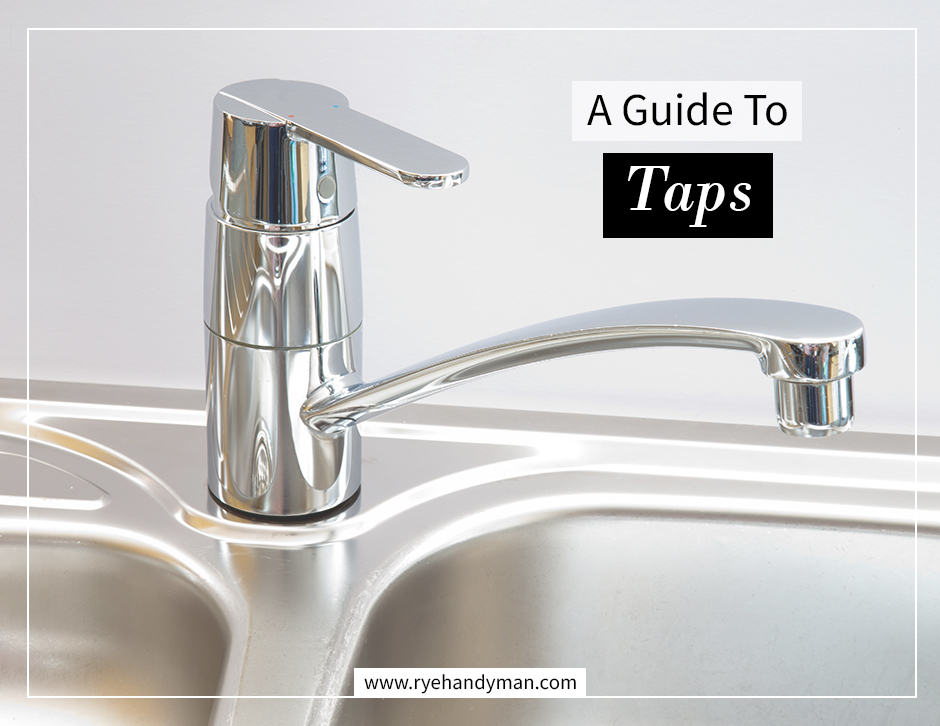
A Guide To Taps

One of our most common requests is to fix a leaking tap, and while we do have a team available to complete those small jobs around the home, it’s not quite as simple as people think it should be. Gone are the days of taking the tap apart and changing a worn washer – modern taps are a little more involved – and so we’ve written a quick guide to the types of taps you may have in your home and why it may be best to buy a new one rather than fix the old.
Types of tap

Pillar: traditional tap type – individual units, one for hot and one for cold, with twist head or lever control.

Mixer: combination tap with single spout and two controls, one for each temperature.

Monobloc (mixer): combination tap with single spout and single control for water flow and temperature.
Tap mechanisms
Washer: always found in pillar taps, the compression washer moves up and down as you twist the handle, controlling the flow. The washers wear easily and need to be replaced to prevent leaking.
Disc: found in monoblocs, two ceramic discs have holes to allow water to pass through when they’re aligned.
Ball: again, found in monoblocs, a hollow ball moves and rotates, aligning with different holes to control the flow from hot or cold. These are most prone to leaking.
Cartridge: found in both monoblocs and mixers, an internal cartridge controls temperature when moved left to right and water flow when moved up and down.
The most common issue that plumbers and handymen experience is finding the correct replacement parts for a customer’s tap. Due to the vast range of taps available there isn’t a universal standard part for each type, so finding the correct replacement can be time-consuming and difficult, and sometimes almost as expensive as replacing the whole tap itself.
Another issue is the quality of tap. With plenty available to suit all types of budget, a lot of affordable taps seem ideal but can come without a guarantee and potentially only last around a year or so before problems arise. Investing in a more expensive unit does mean the cost is significantly higher but it is more likely to last longer (and usually has a guarantee of some sort) before requiring attention.

Whenever a customer comes to us with a tap issue, we will do whatever we can to fix it but if we feel a replacement would be more suitable and/or cost effective we’ll always advise them of their options.



